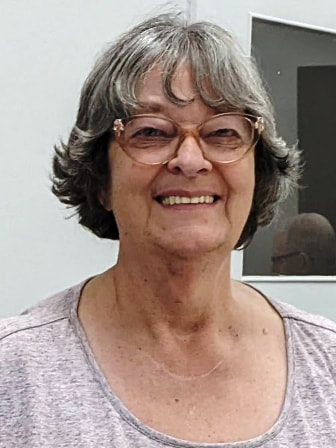The place of women in Australian society fitted the typical stereotype staying at home to look after the house and any children. However, When World War I broke out, many women took on different roles:
- volunteering in the Red Cross
- working for soldiers' comfort funds
- raising funds for wartime charities that worked overseas
In the UK and Australia, the men were sent to fight the war while the women filled their jobs in manufacturing, agricultural etc on the home front. Their work was vital in keeping things going until the men returned and resumed their jobs. Others provided support on the front lines as nurses, doctors, ambulance drivers, and translators. They were not considered suitable for front line duties.
However, World War I didn't create lasting changes in the roles of women. They had to relinquish their jobs to the men when they returned. They still worked in traditionally female roles at the end of the war, and by 1921, the number of women in paid employment had actually declined considerably compared to 1911.
During the 1920s and 1930s, Australia developed the Anzac tradition that had begun in 1915 (and that we still observe today). The Anzac legend became an important element in Australia's remembrance of the war and its national identity. The war was mostly fought by men, so the ANZAC legend focussed on men's achievements. At that time, the role of women was commemorated in a much smaller way, with a focus on nursing.
Women's organisations that were active during the war included:
- Australian Women's National League
- Australian Red Cross
- Country Women's Association
- Voluntary Aid Detachment
- Australian Women's Service Corps
- Women's Christian Temperance Union
Melbourne woman, Vera Deakin, set up the Red Cross Missing and Wounded Enquiry Bureau. The organisation tried to get information to the families of soldiers who either:
- had been killed
- were listed as missing
- were wounded
- had been taken prisoner
Women could join the services in clerical type roles, communications and plotters, as well as nursing. Those involved in code breaking, communications or plotting were essential in combatting our enemies. Australian Nurses played a vital role in caring for the injured. It was not until World War II that women took on service jobs, working in areas that were previously male-only occupations. The women’s services were operated as separate entities alongside the men. So, the WRENS, WRANS and WRAAF was born. However once married, they were encouraged to resign.
Later in the 1980’s, things began to change and the women’s services gradually blended with mens and we all became Army, Navy or Airforce. Women today are deployed into war zones, on overseas duty and are actively involved in the Defence of our country.
Here in Benalla, we have a female Petty Officer who was the first female to serve aboard an Australian submarine. In the cemetery here lies Sgt Mabel Shannon, a Wangaratta lady, who enlisted in the RAAF in 1942. Her unit was No1 Wireless Air Gunners school. Sadly, she passed away in 1943 from illness while employed as a drill instructor, before she could realize her full potential.
As has been made known recently with the unveiling of the memorial in Devenish, Vivian Bullwinkel was an Australian Army nurse born in S.A. She was the sole survivor of the 1942 Banka Island massacre, served in Singapore and Malaya. She found herself on Banka Island after the ship she was travelling in was sunk by the Japanese.
Whilst this may sound like a women’s lib speech, it's more about how things have changed over the years. Acknowledging the work done by women but also being an advocate of equality in that anyone has the right to learn, grow and achieve in this world, regardless of gender, colour, religion or race.
Heather Hartland
May 2023


 RSS Feed
RSS Feed
